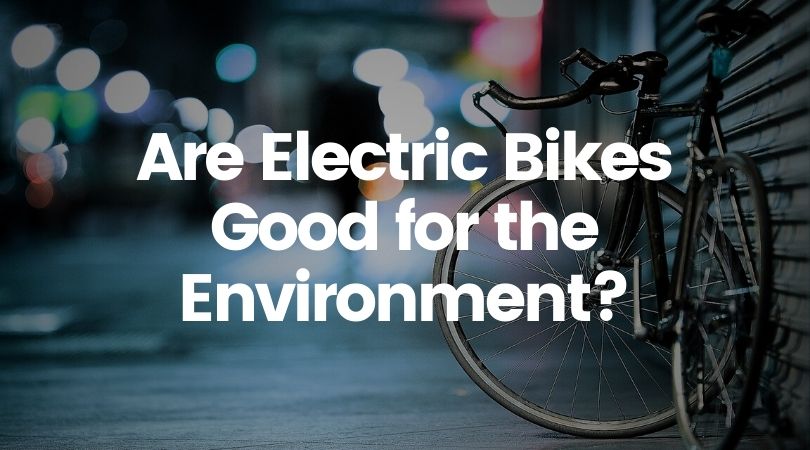Before you get on your e-bike and hit the streets, it's critical to understand the regulations and laws that regulate your city. From rate restrictions to designated riding areas, there's a great deal to take into consideration to guarantee you're certified and secure. By view website with the policies particular to e-bikes, you'll be better geared up to enjoy your rides without any unexpected lawful problems. Keep tuned to find vital insights that will certainly aid you navigate the e-bike landscape in your city flawlessly.
Recognizing E-Bike Category
When it pertains to browsing the world of e-bike regulations and regulations, a vital beginning point is comprehending the category system that categorizes these electric bicycles. E-bikes are commonly categorized into three main classifications: Course 1, Course 2, and Class 3.
Course 1 e-bikes are pedal-assist just, indicating they offer support while the cyclist is pedaling and have a maximum speed of 20 mph. These bikes are allowed in locations where typical bikes are allowed.
Class 2 e-bikes are outfitted with a throttle that can propel the bike without pedaling. They additionally have a maximum speed of 20 miles per hour and are suitable for motorcyclists that may require support without pedaling continuously.
Course 3 e-bikes resemble Class 1 but with a greater maximum speed of 28 mph. These bikes are typically restricted from certain bike paths or routes as a result of their higher speeds.
Comprehending these categories is important for abiding by neighborhood laws and guaranteeing a risk-free and delightful e-biking experience.
Browsing Speed Limits and Restrictions
To effectively navigate e-bike regulations and laws, it's critical to recognize the rate restrictions and limitations that put on various classes of electrical bikes.
Speed limits for e-bikes differ depending upon the classification of the bike. Class 1 e-bikes, which are pedal-assist only and have a maximum speed of 20 miles per hour, are commonly permitted on bike lanes and courses.
Course 2 e-bikes, which have a throttle in addition to pedal-assist and also reach rates of up to 20 mph, may be restricted in particular areas where motorized vehicles aren't allowed.
Class 3 e-bikes, with pedal-assist approximately 28 miles per hour, are generally needed to comply with the same guidelines as standard bicycles.
It's important to follow these speed limits and limitations to ensure your safety and security and the safety and security of others when traveling. Prior to riding your e-bike, acquaint yourself with the specific regulations in your city to avoid any kind of possible fines or lawful issues.
Where to Experience Your E-Bike
To establish where you can ride your e-bike, it's important to recognize the regulations and standards details to your place. In most locations, e-bikes are generally allowed on roadways and roads where typical bicycles are allowed. This might consist of bike lanes, bike paths, and shared roadways. However, it's critical to check local laws as some cities may have details constraints on where e-bikes can be ridden.
When riding your e-bike, always focus on safety and security by following traffic policies and appreciating pedestrian walkways. Furthermore, be mindful of any assigned bike lanes or paths in your area and utilize them whenever feasible to ensure a smoother and more secure adventure.
Some cities also have laws regarding e-bike usage on pathways, so make sure to acquaint on your own with these regulations to avoid any type of penalties or penalties.
Conclusion
Since you know with the legislations and guidelines bordering e-bikes in your city, you can confidently hit the road recognizing where you can ride and what limitations relate to your e-bike classification. Remember to constantly prioritize safety and security and comply with the policies to ensure a smooth and legal adventure. https://fat-tire-ebike-tires33211.newbigblog.com/39200800/comprehending-e-bike-classes-what-each-type-means riding!
